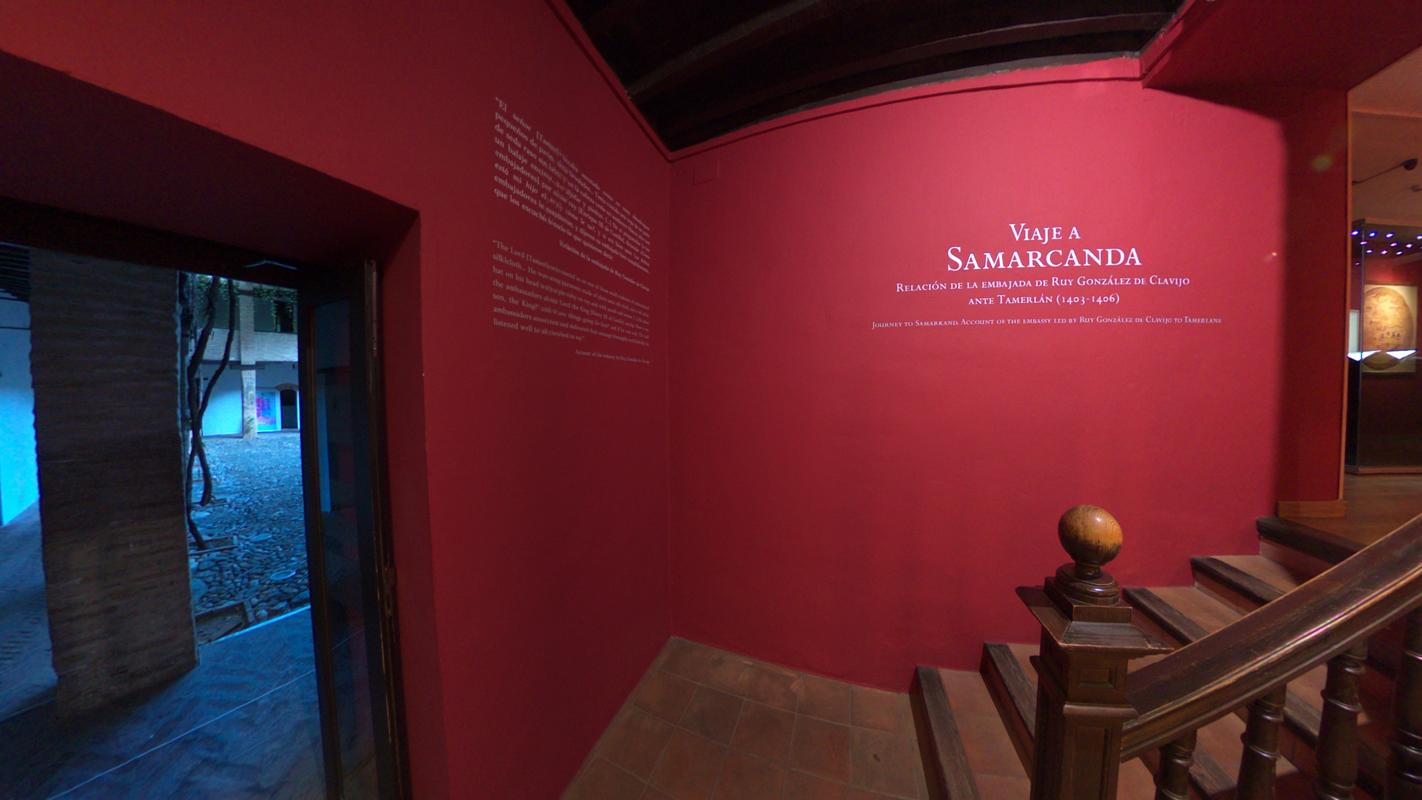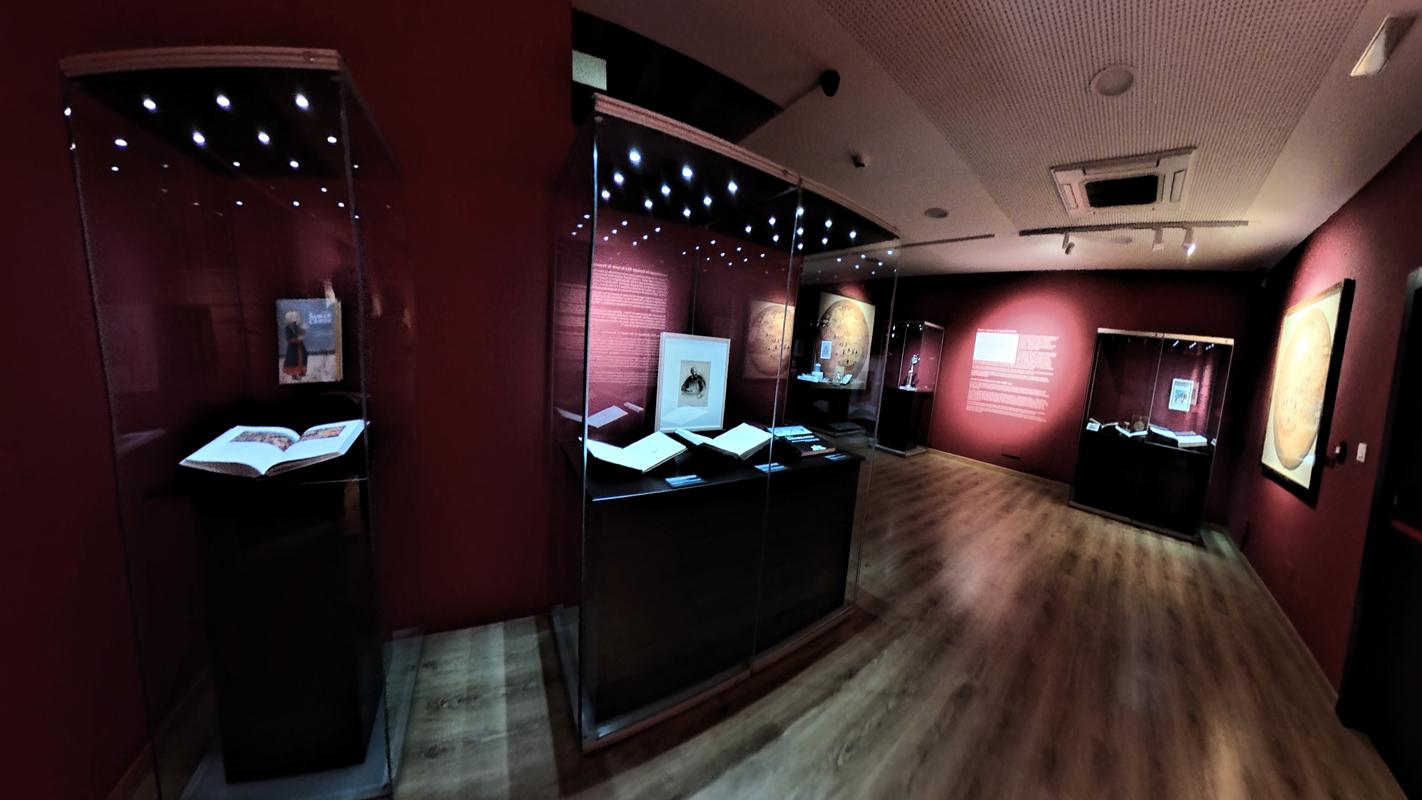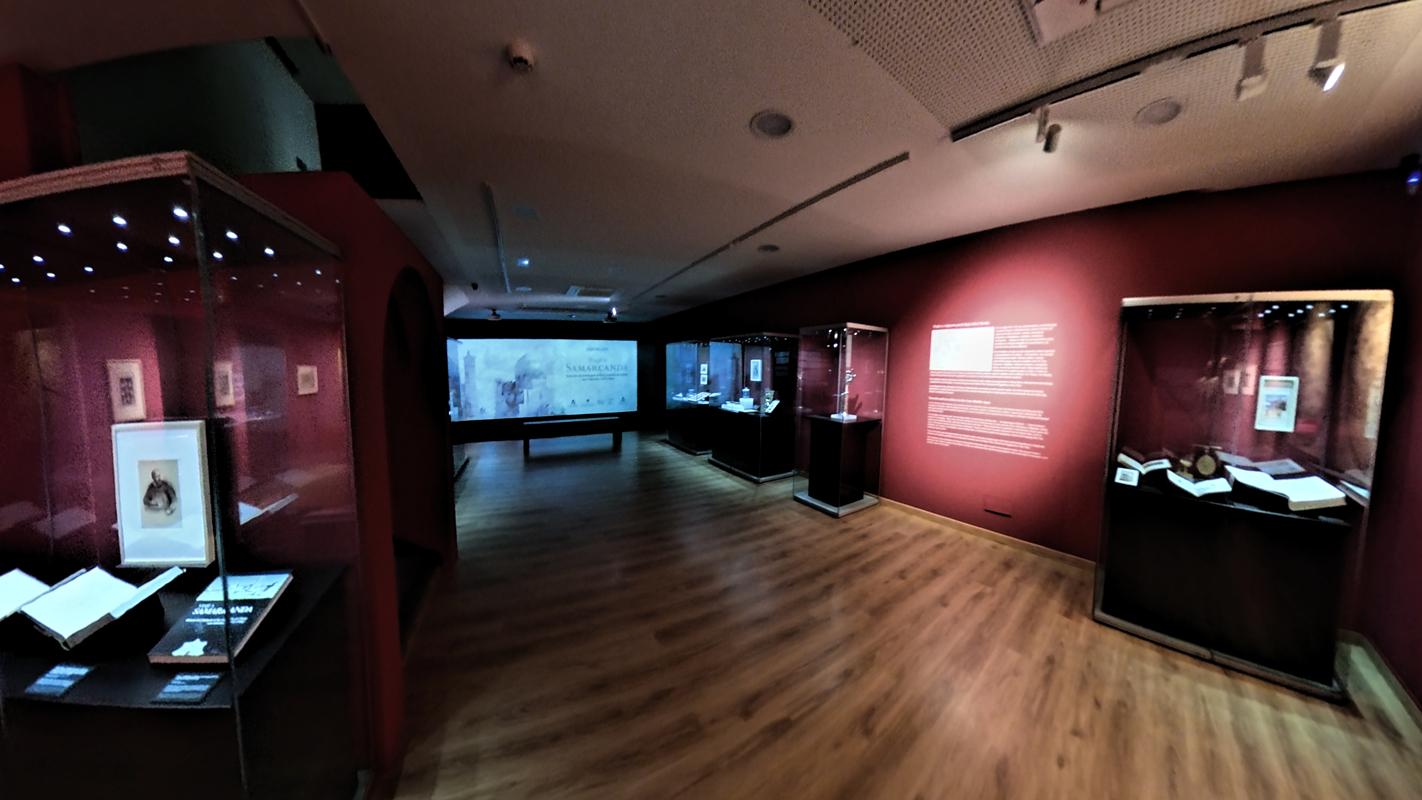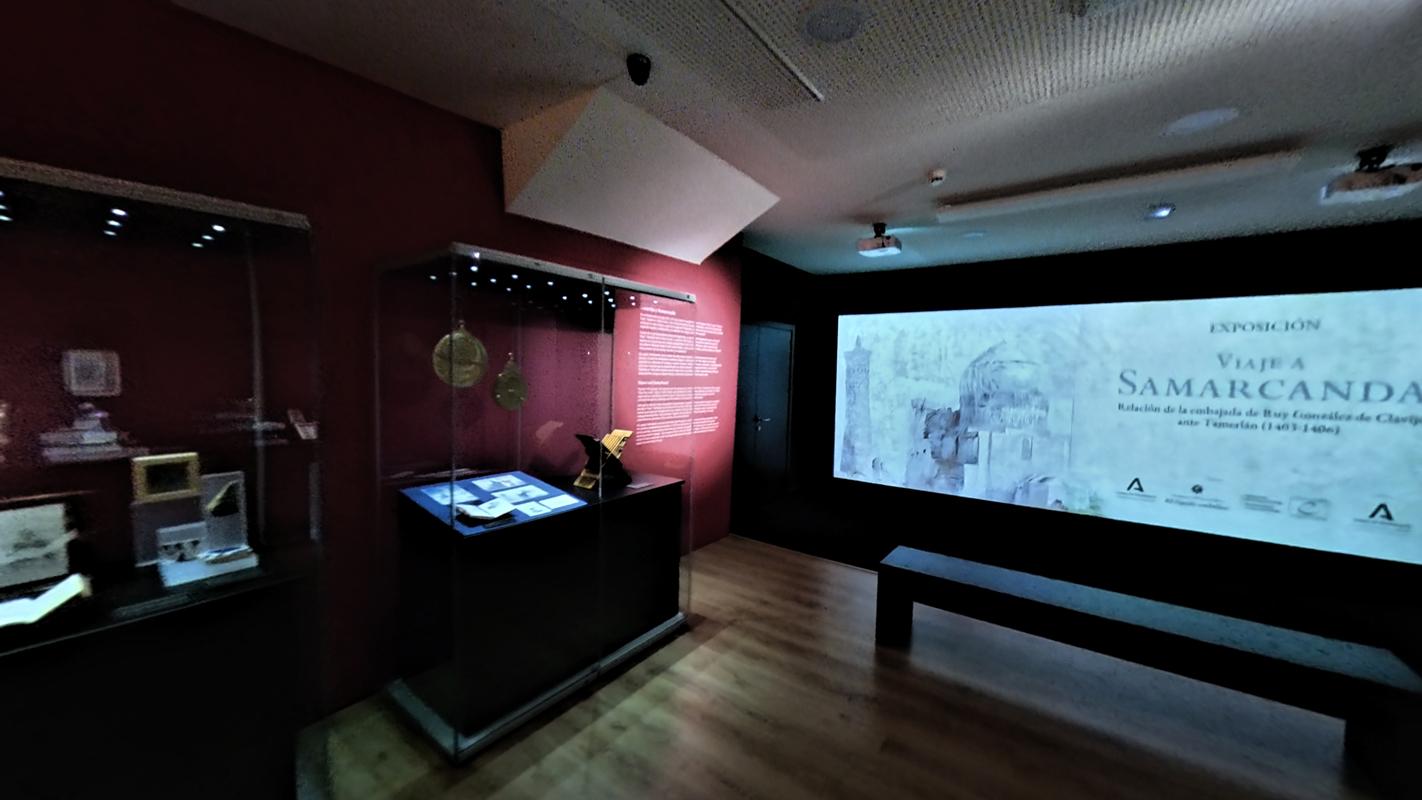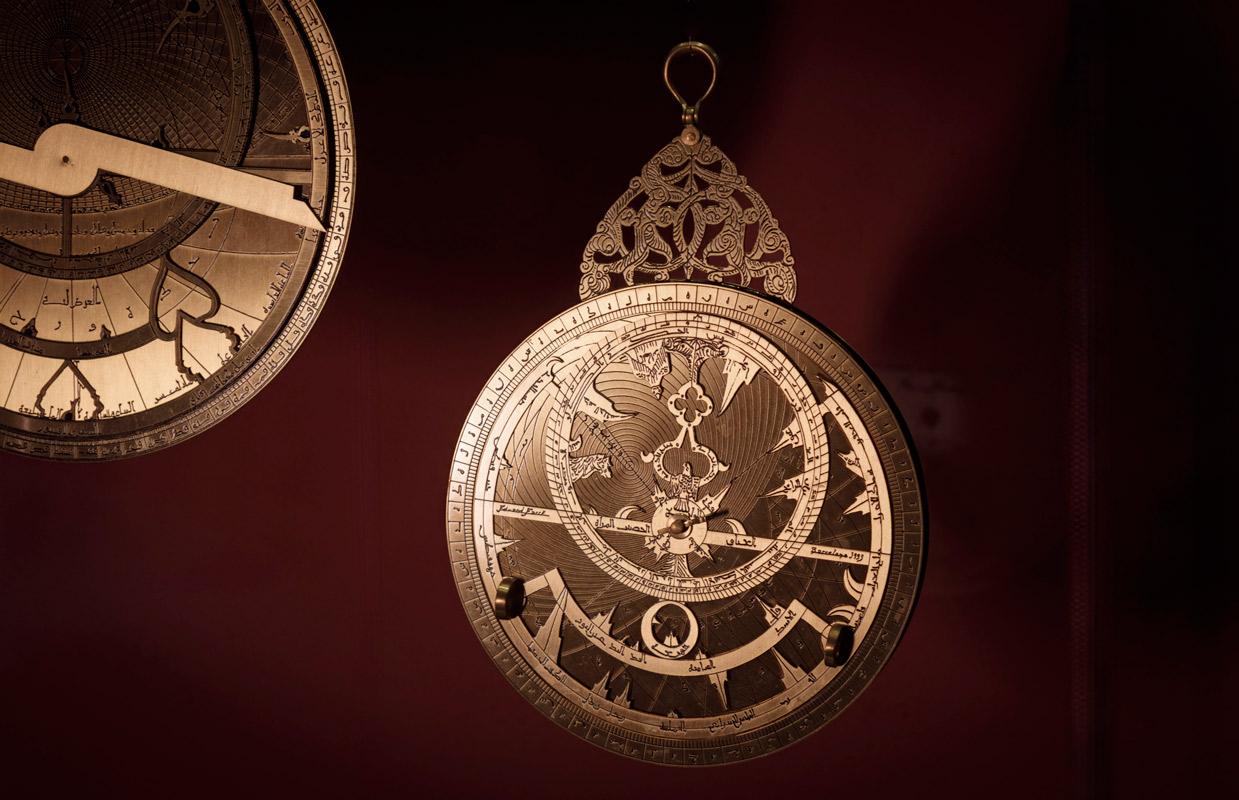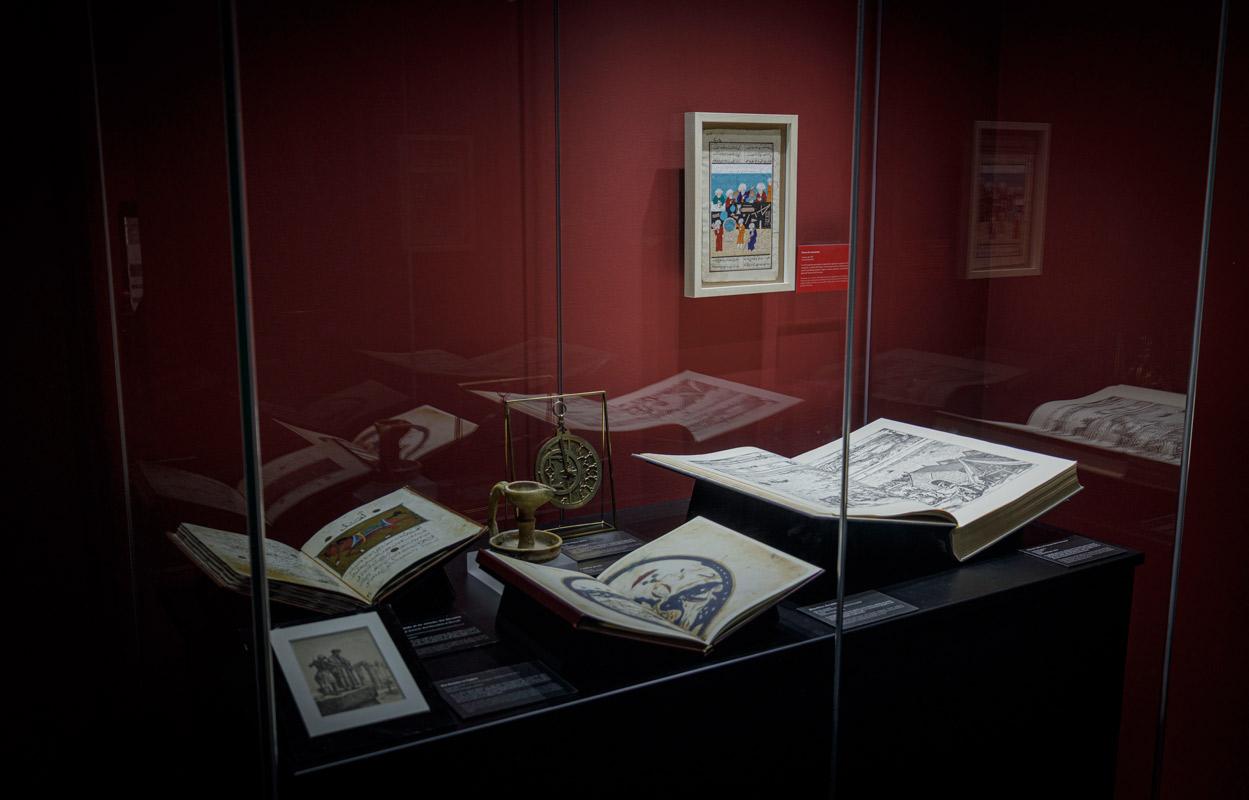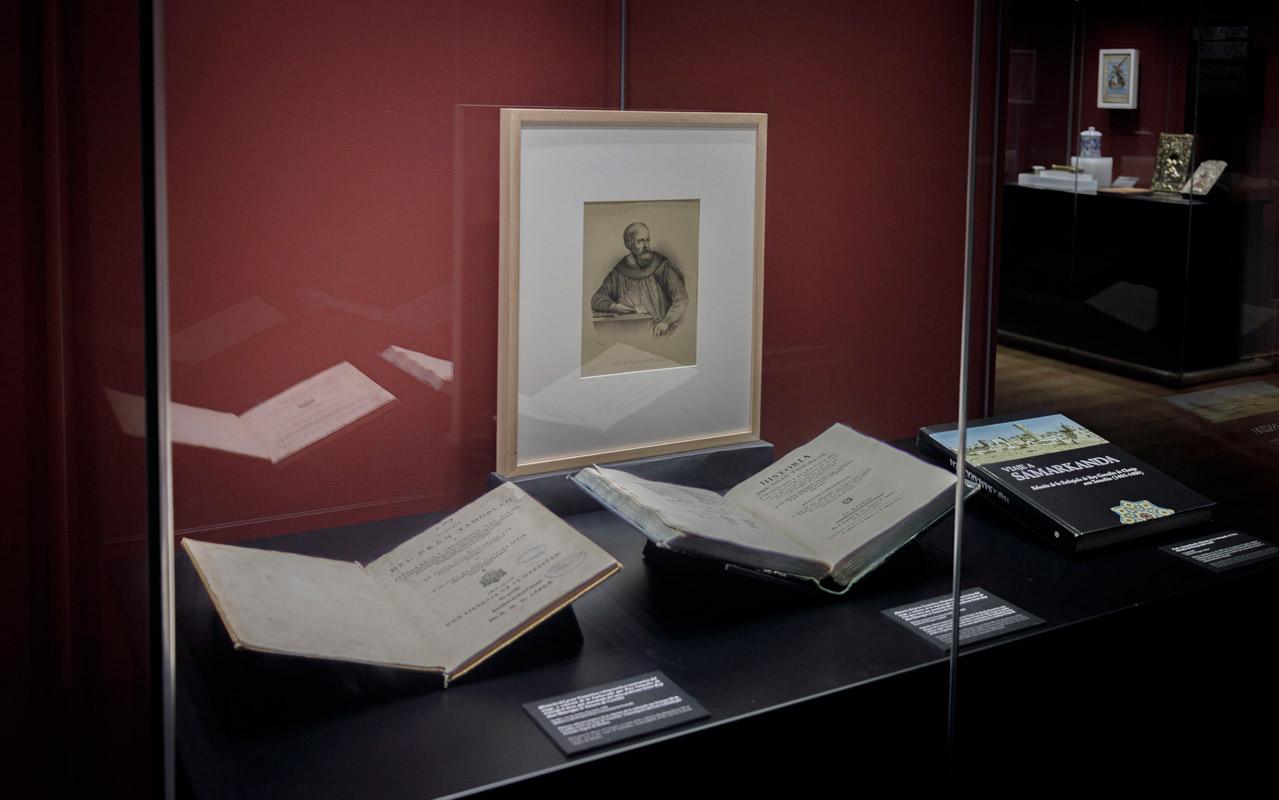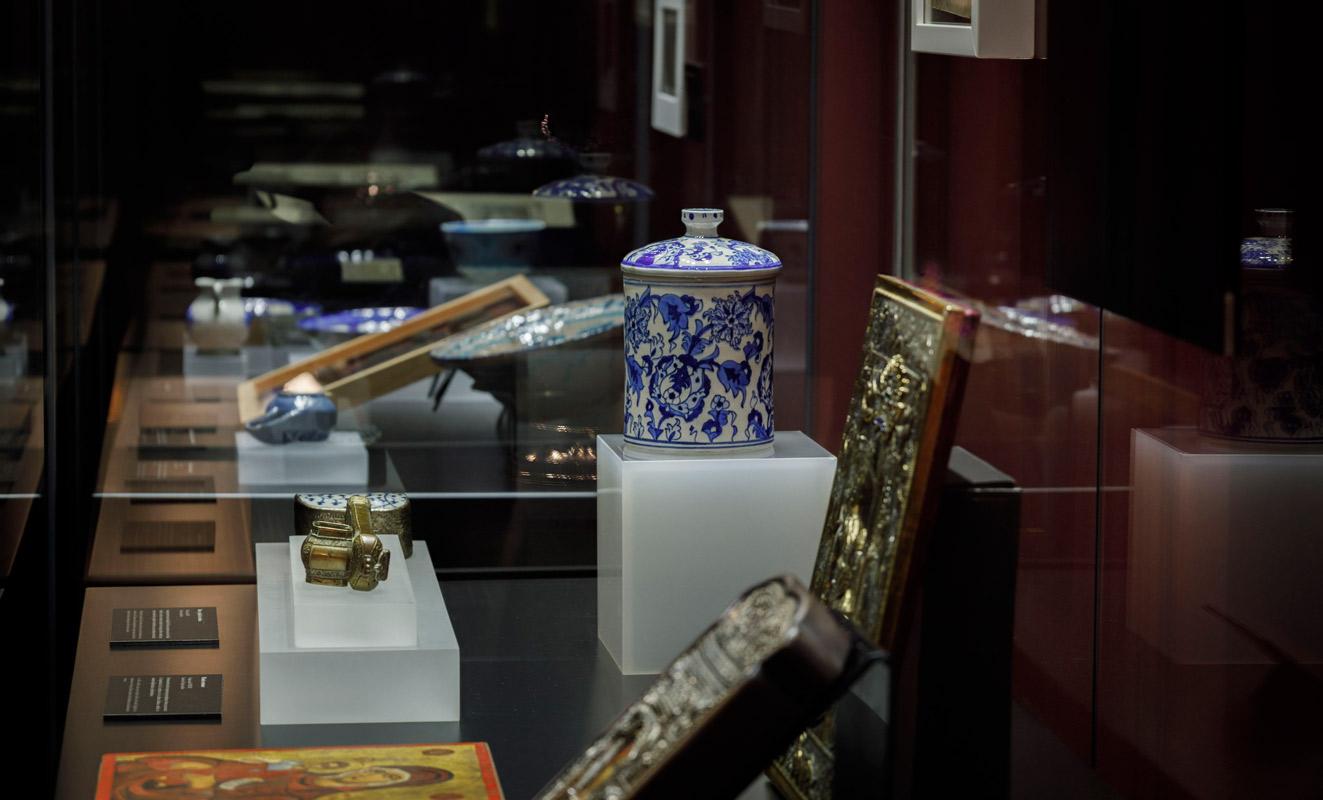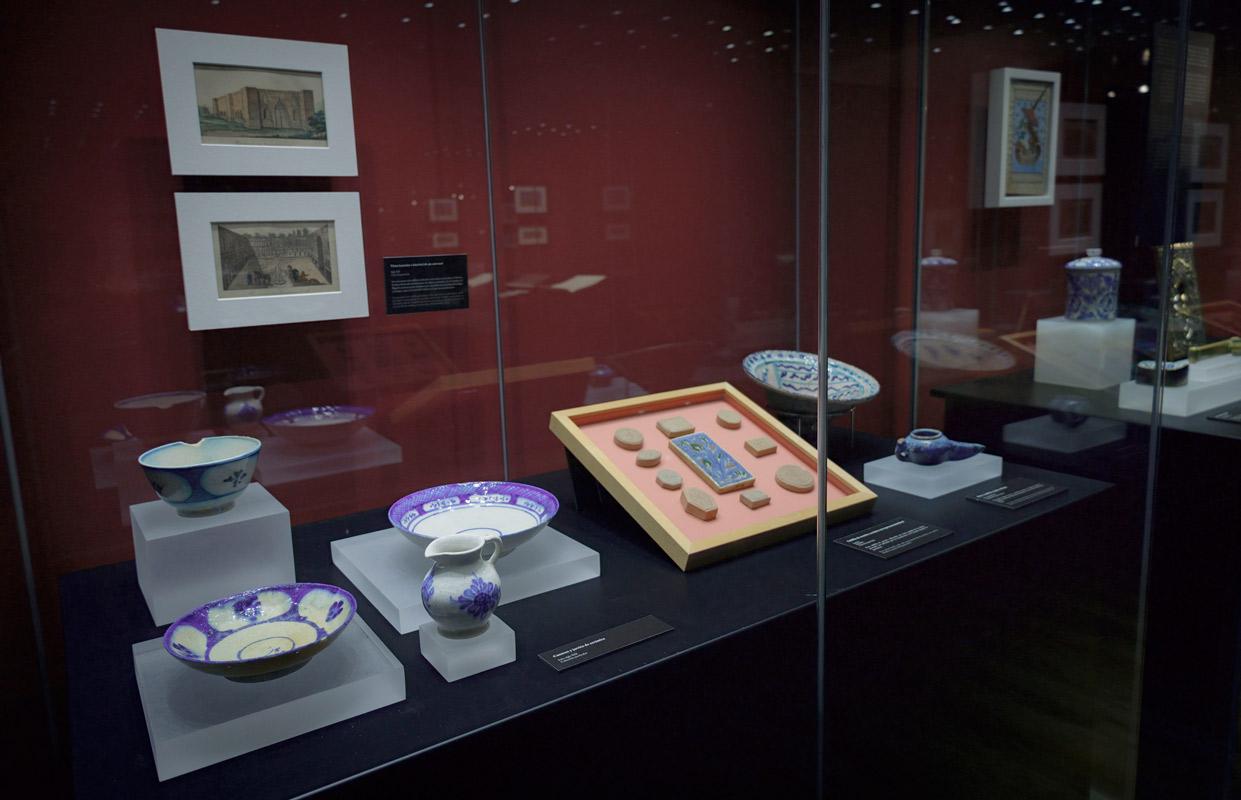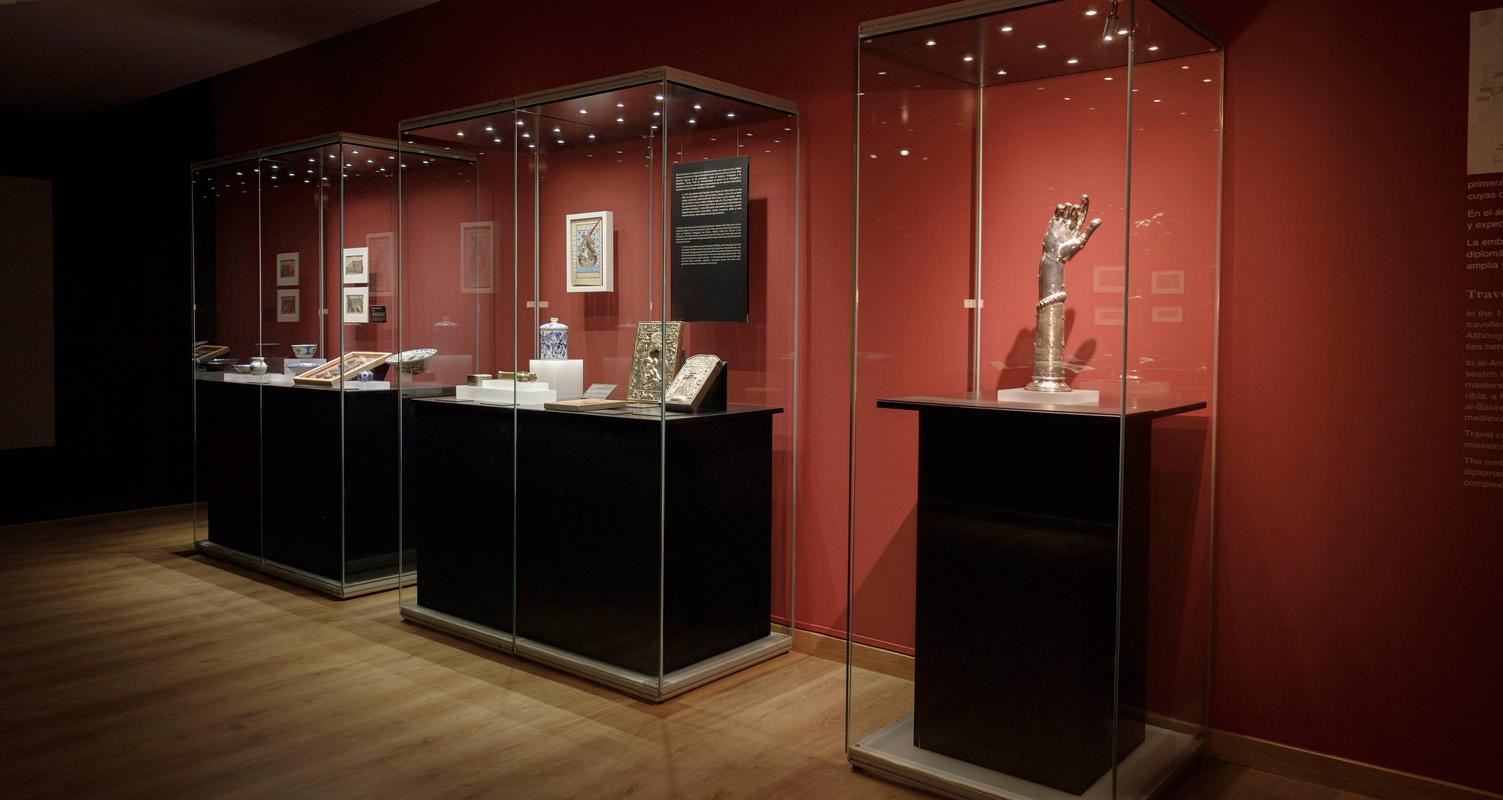Journey to Samarkand
Account of the Embassy led by Ruy González de Clavijo to Tamerlane (1403-1406)
From 23rd July, 2025 to 9th January, 2026
Headquarters of El legado andalusí Foundation. Corral del Carbón. C/ Mariana Pineda, s/n. Granada
Opening hours in summer: Monday to Friday, 9 am to 2.20 pm
El legado andalusí Foundation presents this exhibition, which brings to light one of the most extraordinary episodes in medieval Castilian diplomacy: the embassy sent by King Henry III of Castile to the court of Tamerlane between 1403 and 1406, led by the nobleman Ruy González de Clavijo. The mission sought to forge diplomatic ties with a powerful Eastern ally who had recently defeated the Ottoman sultan Bayezid at the Battle of Ankara in 1402.
Remarkable for both its ambitious destination and the detailed written account it produced, this journey remains a vital historical source for understanding East–West relations at the dawn of the 15th century.
Curated by Professor Rafael López Guzmán, from the University of Granada, this exhibition retraces the journey undertaken by the ambassadors from Cádiz to Samarkand, through the Mediterranean, Constantinople, Anatolia, Armenia, Persia and Transoxiana. The route is brought vividly to life through a carefully curated selection of objects—ceramics, engravings, maps, books, utensils, devotional items, and relics—that reflect the diverse places and cultures encountered along the way. The exhibition includes works from the El legado andalusí Foundation’s own collection, alongside items from private collections and institutions such as the Library of the Royal Hospital (University of Granada) and the Royal Chapel.
Among the exhibition’s highlights are three historic editions of Clavijo’s account: the first printed edition, dating back to 1582 and loaned by the Library of the Royal Hospital of the University of Granada; a second edition from 1782, held in the collection of the El legado andalusí Foundation; and the Foundation’s own 2009 edition, recently reissued due to high demand and now enriched with an updated visual design.
Other of the exhibition’s most symbolically meaningful pieces is the reliquary containing the arm of Saint John the Baptist, housed in the Royal Chapel of Granada—an institution that has generously supported this project. Its presence in the exhibition creates a direct link to Clavijo’s narrative, in which he marvels at the relics of Saint John’s arms during his visit to Constantinople. This act of historical evocation bridges the experience of the medieval traveler with that of the contemporary visitor.
This exhibition invites visitors to explore a fascinating diplomatic journey, shedding light on the significance of the document attributed to Clavijo—a unique fusion of chronicle, diplomatic report, and travel narrative.
His account provides a unique window into the Timurid world and reveals how the East was perceived from a Western perspective in the early 15th century.

